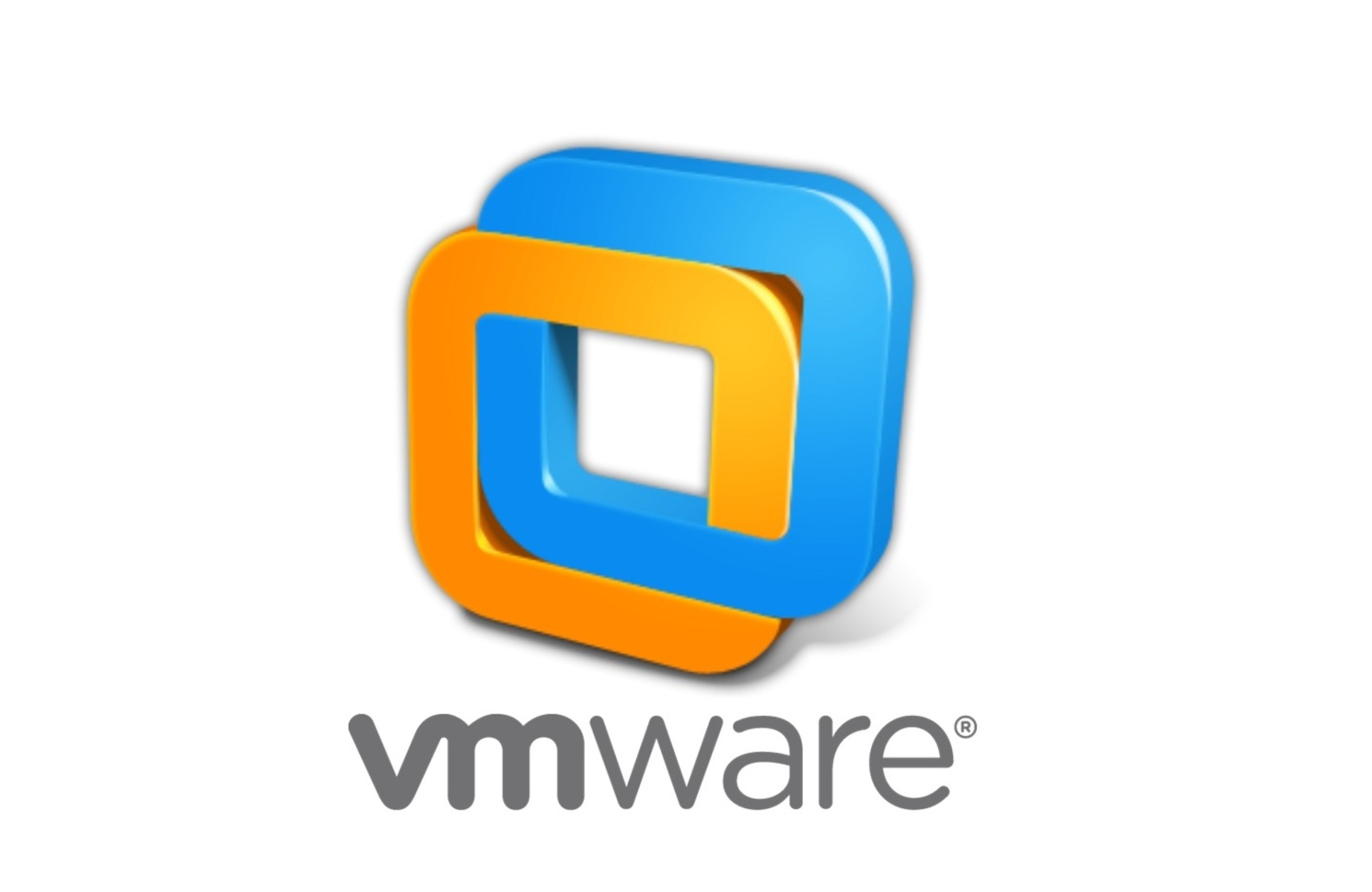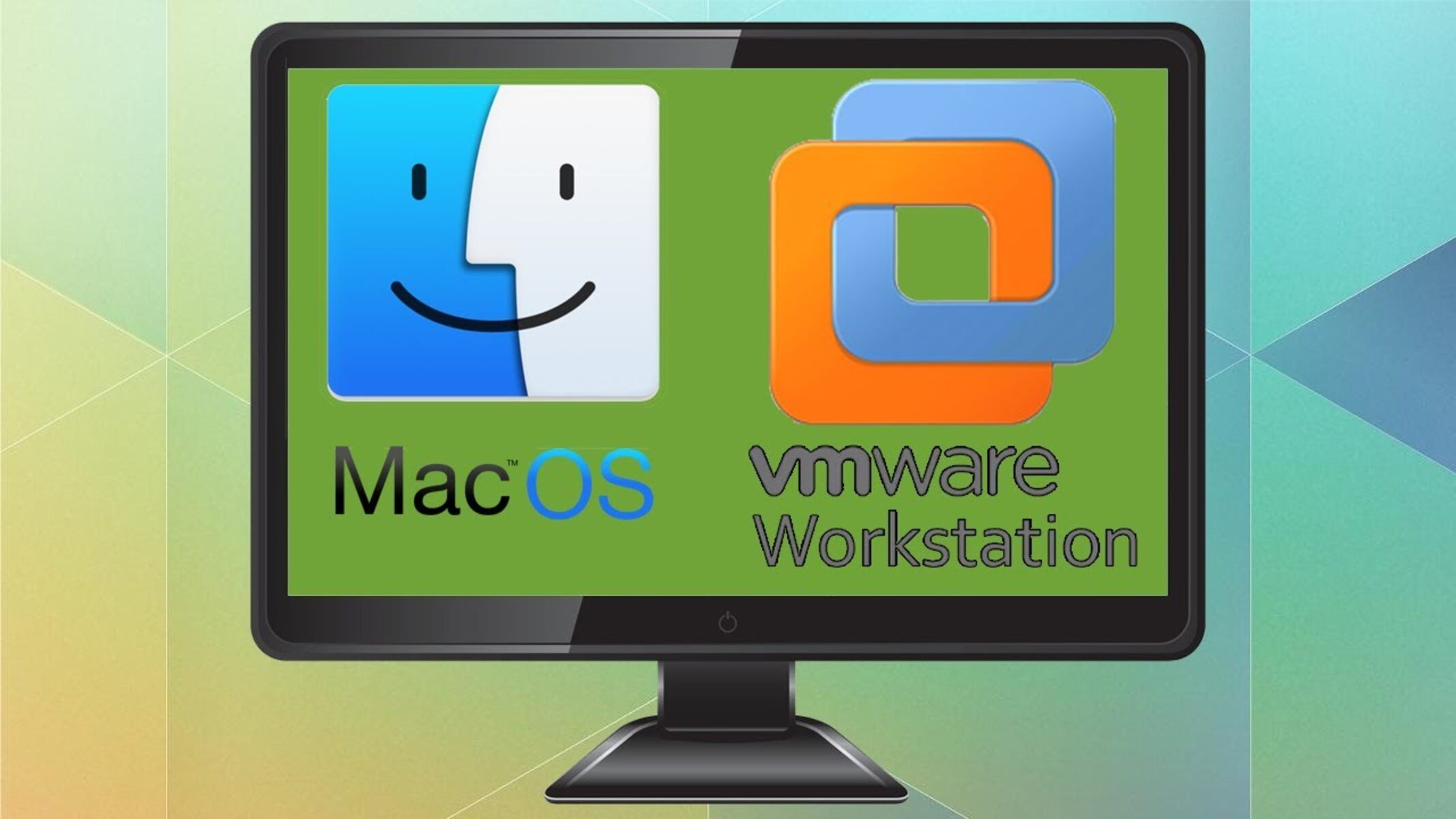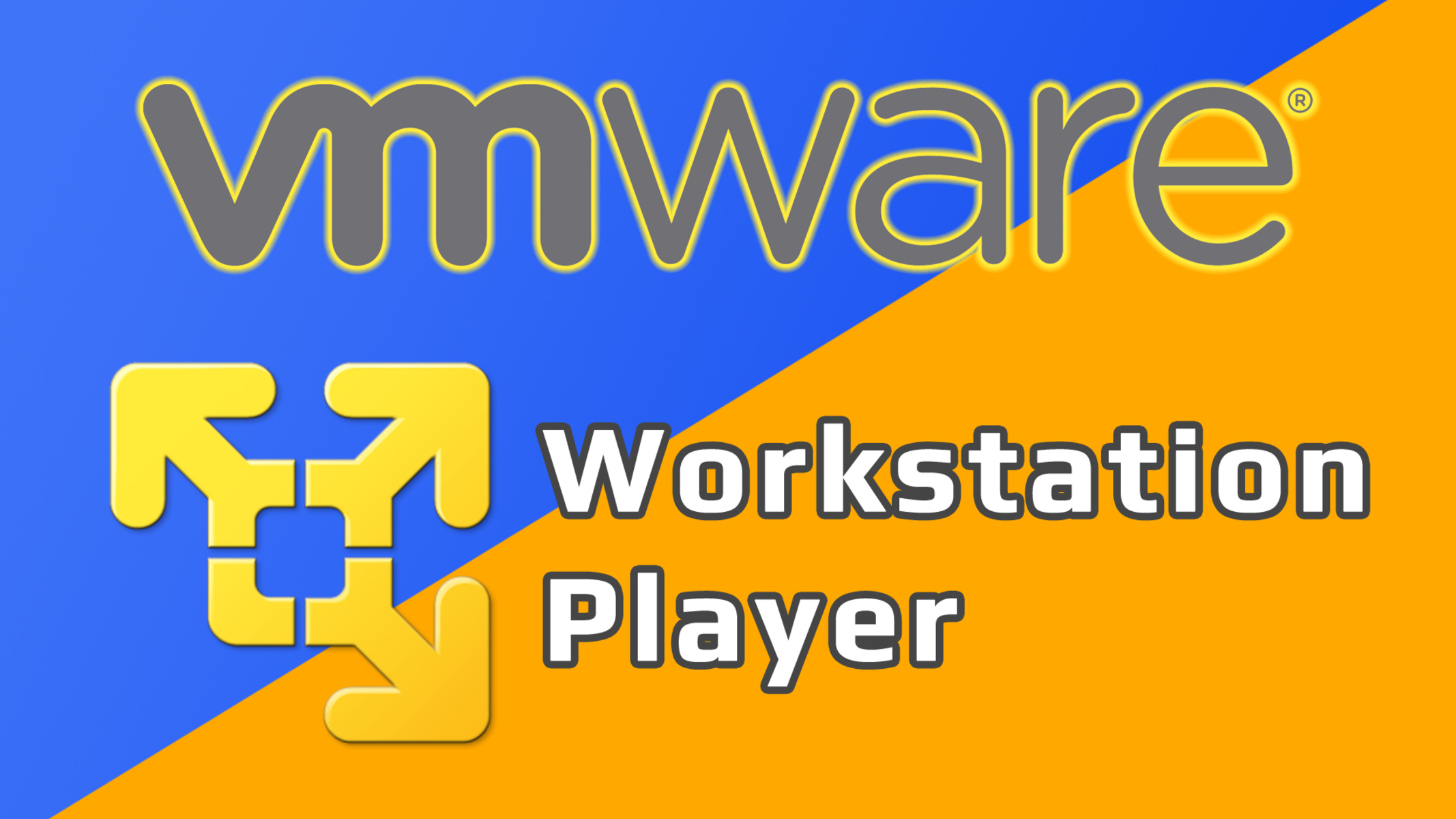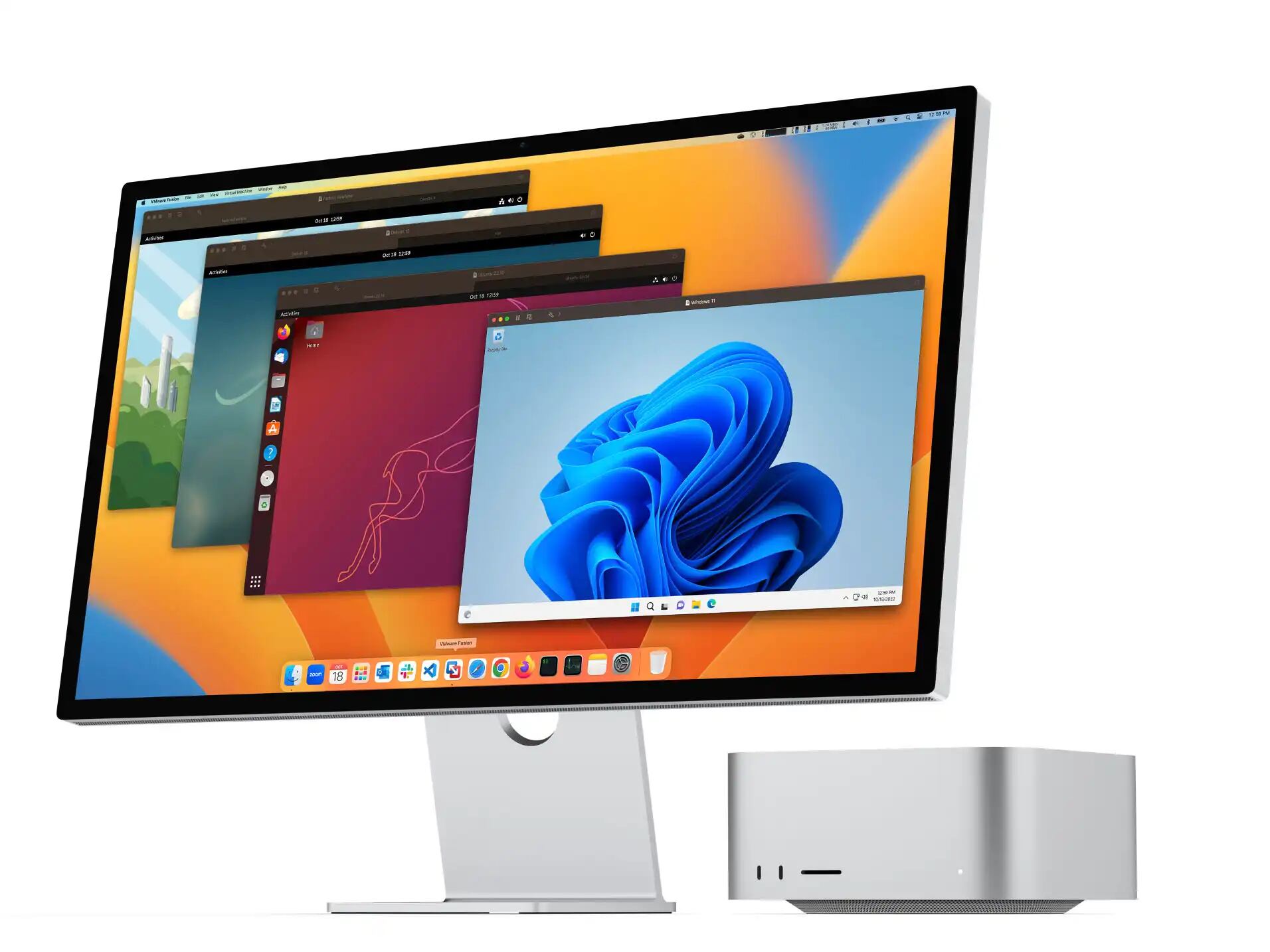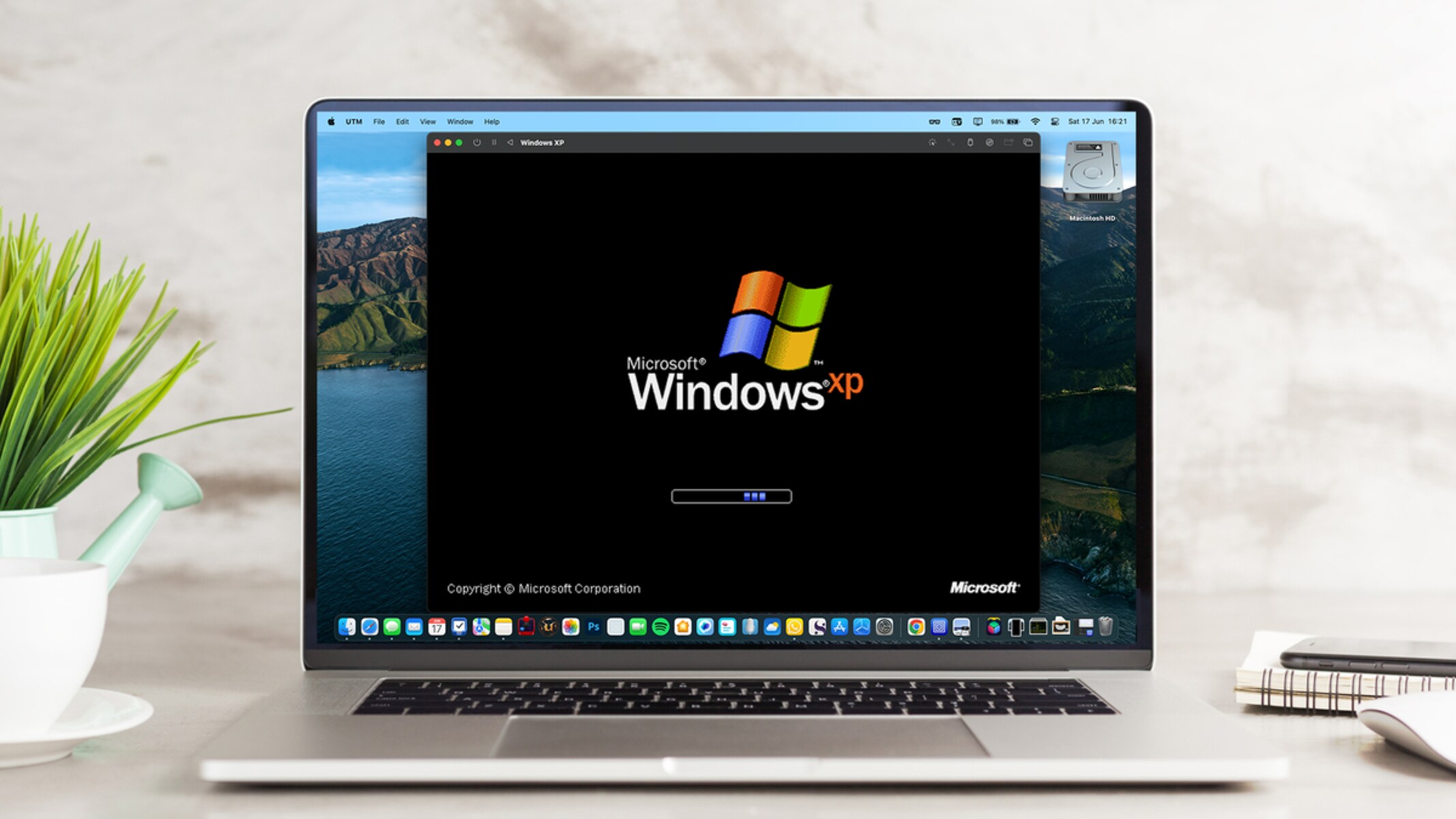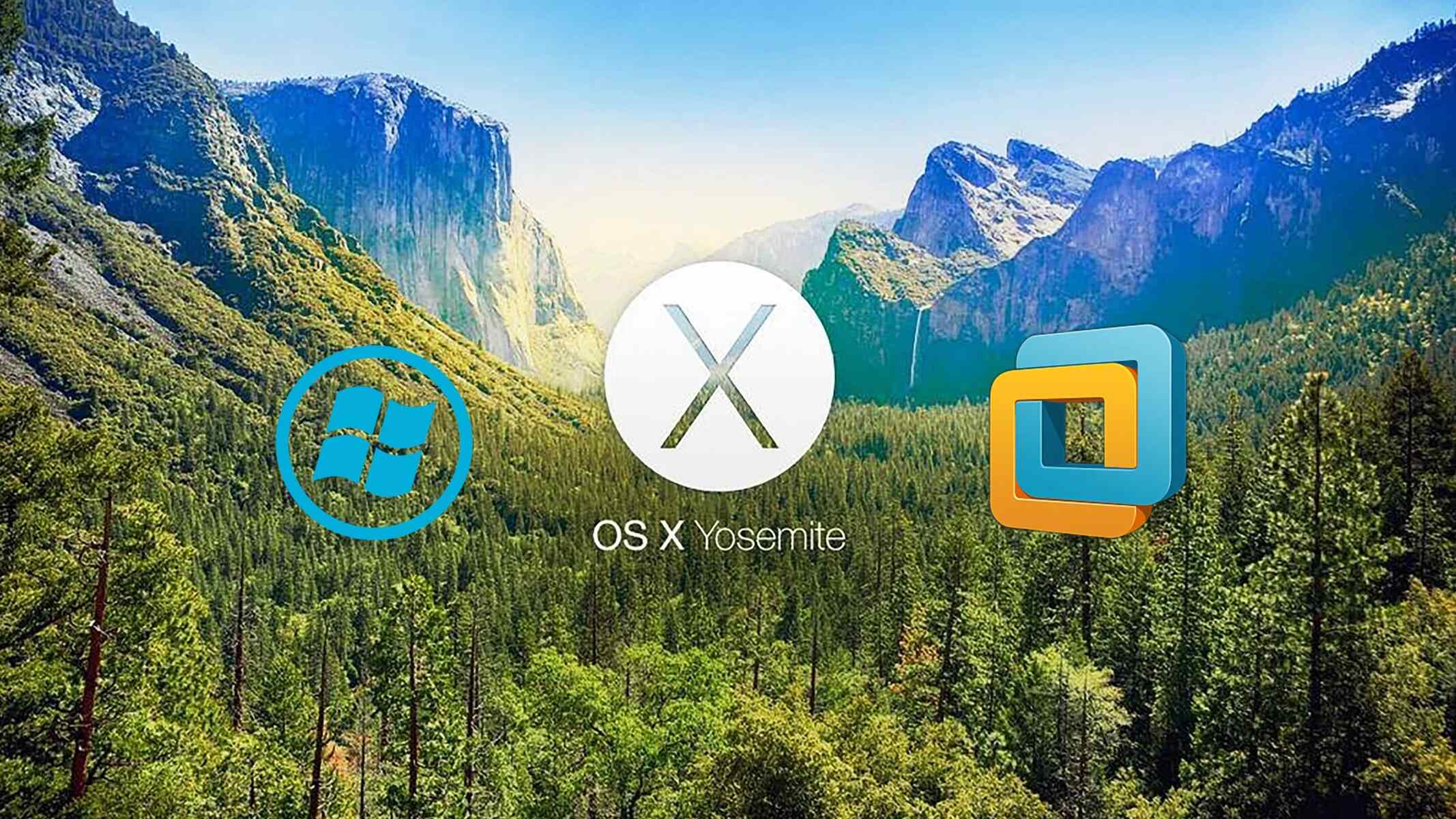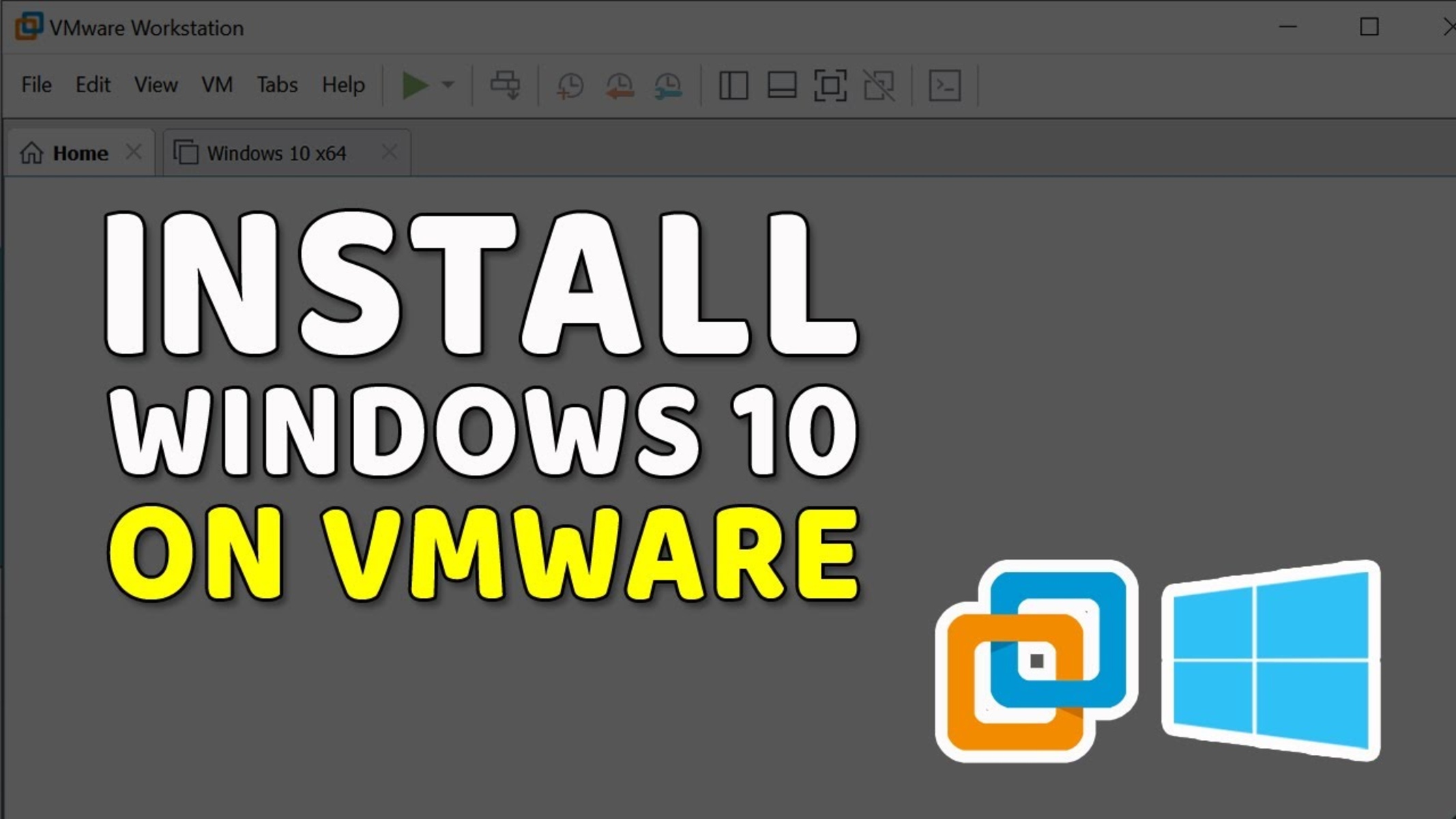Introduction
Welcome to the world of virtualization with VMware Workstation 12! In today’s rapidly evolving technological landscape, virtual machines have become an integral part of many professionals’ workflow. VMware Workstation 12 is a powerful software that allows you to create and run multiple virtual machines on a single physical machine.
One of the key features of VMware Workstation 12 is the ability to take snapshots of your virtual machines. A snapshot is like a virtual image of your virtual machine at a specific point in time. It captures the entire state of the VM, including the memory, virtual disks, and settings. This means that you can easily revert back to a previous state of your VM if something goes wrong or experiment with different configurations without fear of losing your current setup.
The ability to take and manage snapshots in VMware Workstation 12 is a game-changer for many professionals. It provides a safety net that allows you to explore and experiment without the risk of permanently damaging your virtual machines.
In this article, we will guide you through the process of taking a snapshot in VMware Workstation 12. Whether you are a beginner or an advanced user, this step-by-step guide will help you make the most of this powerful feature. By the end of this article, you will be able to confidently take snapshots of your virtual machines and manage them efficiently.
So, let’s dive in and discover how to harness the power of snapshots in VMware Workstation 12!
Why Snapshots are Useful in VMware Workstation 12
Snapshots in VMware Workstation 12 offer a wide range of benefits that can greatly enhance your virtual machine management and experimentation. Let’s explore some of the key reasons why snapshots are valuable:
1. Easy Rollback: Snapshots provide a quick and efficient way to revert back to a previous state of your virtual machine. Whether you accidentally install a faulty software update or make a configuration change that affects the stability of your VM, snapshots allow you to roll back to a known working state in just a few clicks.
2. Test Different Configurations: With snapshots, you can confidently experiment with different configurations and settings without the fear of permanently altering your virtual machines. Whether you are testing new software, trying out different network setups, or tweaking performance settings, snapshots offer a convenient way to revert back to your original configuration whenever needed.
3. Safe Software Development and Testing: If you are a software developer or tester, snapshots can be a lifesaver. They enable you to create isolated testing environments and quickly switch between different versions of your software. This allows you to efficiently debug issues, verify compatibility, and ensure the stability of your applications.
4. Seamless Collaboration: Snapshots make it easy to share virtual machine setups with colleagues or clients. You can capture a specific configuration or state of your VM, and then distribute it to others. By sharing snapshots, you can ensure everyone is working with the same environment, eliminating any potential compatibility issues or discrepancies.
5. Time Efficiency: Snapshots save valuable time by eliminating the need to manually recreate complex setups or configurations. Instead of spending hours reinstalling software, configuring network settings, or setting up development environments, you can simply revert to a snapshot and have your desired state up and running within minutes.
6. Risk Mitigation: Taking regular snapshots reduces the risk of permanent data loss caused by hardware or software failures. By periodically capturing the state of your virtual machine, you can ensure that critical files and data are safeguarded against unforeseen issues or system crashes.
Snapshots in VMware Workstation 12 provide an invaluable tool for both personal and professional users. Whether you are an IT professional, software developer, tester, or simply someone who wants to explore and experiment with virtual machines, leveraging the power of snapshots can enhance your productivity and offer peace of mind.
How to Take a Snapshot in VMware Workstation 12
Taking a snapshot in VMware Workstation 12 is a straightforward process that can be done with just a few clicks. By following these step-by-step instructions, you’ll be able to create snapshots of your virtual machines in no time:
Step 1: Open VMware Workstation 12
Launch the VMware Workstation 12 application on your computer. Make sure you have the virtual machine you want to snapshot opened and selected.
Step 2: Launch the Virtual Machine
If your desired virtual machine is not already running, click on the “Power on this virtual machine” button in the VMware Workstation 12 interface to start it.
Step 3: Navigate to the Snapshot Menu
In the VMware Workstation 12 menu bar, click on the “VM” option. In the dropdown menu, navigate to the “Snapshot” submenu.
Step 4: Click on “Take Snapshot”
Within the “Snapshot” submenu, click on the “Take Snapshot” option. This action will capture a snapshot of your virtual machine’s current state.
Step 5: Enter a Name and Description (Optional)
A dialog box will appear, prompting you to enter a name and description for your snapshot. This step is optional but can be helpful for easily identifying and managing your snapshots in the future.
Step 6: Click on “Take Snapshot” Button
Once you have entered the desired snapshot name and description, click on the “Take Snapshot” button. VMware Workstation 12 will then proceed to create the snapshot of your virtual machine.
Step 7: Confirmation Message
Once the snapshot creation process is complete, you will see a confirmation message indicating that the snapshot was successfully taken.
Step 8: Managing Snapshots in VMware Workstation 12
After taking a snapshot, you can manage it using the various snapshot management options provided by VMware Workstation 12. These options include reverting to a snapshot, deleting a snapshot, and managing snapshot chains.
By following these simple steps, you can effectively utilize the snapshot feature of VMware Workstation 12 to capture and manage different states of your virtual machine. This functionality empowers you to explore and experiment with confidence, knowing that you can easily revert back to a known working state whenever necessary.
Step 1: Open VMware Workstation 12
The first step to taking a snapshot in VMware Workstation 12 is to open the software on your computer. VMware Workstation 12 should be installed and ready to use before proceeding with this step-by-step guide.
To open VMware Workstation 12, locate its icon either on your desktop or in your computer’s “Start” menu. Double-click on the icon to launch the application. Allow a few moments for the software to initialize and open.
Once VMware Workstation 12 is open, you will be greeted with the main interface, which provides access to all the virtual machines you have created or imported into the software.
If you have already created the virtual machine you want to take a snapshot of, ensure it is displayed in the virtual machine library by checking the left panel. From here, you can easily select the virtual machine and proceed to the next steps.
If you haven’t created the virtual machine yet, you can either import an existing one or create a new one by clicking on the appropriate options within the VMware Workstation 12 interface. Take note of the virtual machine’s setup, such as its operating system, storage allocation, and network settings, as they will be relevant when you take a snapshot.
Make sure to keep your VMware Workstation 12 application open throughout the snapshot-taking process, as you will navigate its menus to complete the steps.
By following this first step and opening VMware Workstation 12, you are now ready to proceed with the next steps to capture a snapshot of your desired virtual machine.
Step 2: Launch the Virtual Machine
After opening VMware Workstation 12, the next step is to launch the virtual machine for which you want to take a snapshot. If the virtual machine is already running, you can skip this step.
In the VMware Workstation 12 interface, locate the virtual machine you want to use in the list displayed in the left panel. Click on the virtual machine to select it.
Once the virtual machine is selected, you can initiate the launch process by clicking on the “Power on this virtual machine” button, usually represented by a green arrow or power symbol. This button is typically located at the top of the VMware Workstation 12 interface, or you can also find it in the right-click menu of the selected virtual machine.
Clicking on the “Power on this virtual machine” button will start the virtual machine. Within a few moments, you will see the virtual machine’s console displayed in a separate window or tab.
The virtual machine’s console is essentially a window that displays the virtual machine’s screen and allows you to interact with it. It emulates the experience of using a physical computer.
Depending on the configuration of your virtual machine, you may need to provide login credentials, such as a username and password, to access the virtual machine’s operating system. Enter the required information to log in.
Once the virtual machine is successfully launched and you are logged in, you can proceed to the next step of taking a snapshot in VMware Workstation 12.
By following this step and launching the virtual machine, you ensure that you are working with the specific VM that you intend to capture a snapshot of. This step ensures that you have the correct virtual machine running and ready to be snapshot, providing you with the accurate state of the VM at the time of the snapshot creation.
Step 3: Navigate to the Snapshot Menu
Once your desired virtual machine is launched and running in VMware Workstation 12, the next step is to navigate to the Snapshot menu. This menu provides access to all the snapshot-related functions and options.
In the VMware Workstation 12 interface, look at the menu bar at the top of the application window. Locate the “VM” option in the menu bar and click on it. A dropdown menu will appear.
Within the “VM” dropdown menu, scroll down and find the “Snapshot” submenu. Click on it to open the snapshot-related options.
Opening the “Snapshot” submenu will reveal a list of available snapshot-related functions. These functions include options to take a new snapshot, manage existing snapshots, and perform other snapshot-related operations.
By navigating to the Snapshot menu, you gain access to the full range of snapshot features that VMware Workstation 12 offers. This includes the ability to take a snapshot, revert to a previously saved snapshot, delete snapshots, and manage snapshot chains.
Now that you have successfully located the Snapshot menu, you are ready to proceed to the next step and take a snapshot of your virtual machine in VMware Workstation 12.
Step 4: Click on “Take Snapshot”
After navigating to the Snapshot menu in VMware Workstation 12, you are now ready to take a snapshot of your virtual machine. This step involves clicking on the “Take Snapshot” option, which captures the current state of your VM.
Within the Snapshot menu, locate and click on the “Take Snapshot” option. This option is usually displayed as a button or a clickable text link within the menu.
Once you click on the “Take Snapshot” option, VMware Workstation 12 will begin the process of creating a snapshot of your virtual machine. The snapshot captures everything from the current memory status to the virtual disks and VM settings, essentially freezing the current state for future reference.
During the snapshot creation process, VMware Workstation 12 may temporarily pause the virtual machine in order to properly capture the state. This pause typically lasts only a few seconds, and once the snapshot is complete, the VM will resume normal operation.
Taking a snapshot provides you with an exact point-in-time image of your virtual machine, allowing you to save and refer back to a specific configuration or setup. It ensures that all changes made after taking the snapshot are recorded separately, preserving the original state of the VM.
By clicking on the “Take Snapshot” option, you have successfully initiated the snapshot creation process in VMware Workstation 12. Now, proceed to the next step to further customize your snapshot, or if you’re done, you can manage your snapshots or continue working with your virtual machine.
Step 5: Enter a Name and Description (Optional)
After clicking on the “Take Snapshot” option in VMware Workstation 12, you have the opportunity to enter a name and description for your snapshot. While this step is optional, it can be beneficial for easily identifying and managing your snapshots in the future.
When you take a snapshot, a dialog box will appear, prompting you to enter a name and description. The name should be descriptive and reflect the specific state or configuration that you are capturing with the snapshot. For example, you might choose a name like “Clean Installation” or “Pre-Software Update”.
The description field allows you to provide additional details or notes about the snapshot. This can be useful for documenting any specific changes or reasons for taking the snapshot. For instance, you could include information about the purpose of the snapshot, any applications installed or removed, or any specific system settings that were modified.
Entering a name and description for your snapshot is helpful when you have multiple snapshots and want to quickly identify the one you need. It provides clarity and context that can assist you in managing and organizing your snapshots effectively.
However, if you prefer not to enter a name and description, you can simply skip this step by leaving the fields blank. The snapshot will still be created, but it may be more challenging to distinguish it from other snapshots without unique identifiers.
By optionally entering a name and description, you have the opportunity to add valuable context and details to your snapshots, enhancing your ability to manage and recall specific states of your virtual machine in VMware Workstation 12.
Step 6: Click on “Take Snapshot” Button
After entering a name and description (optional) for your snapshot in VMware Workstation 12, the next step is to click on the “Take Snapshot” button. This button initiates the process of capturing the snapshot of your virtual machine.
Once you have reviewed and confirmed the snapshot name and description (if provided), locate the “Take Snapshot” button within the snapshot dialog box. This button is typically displayed as a clickable button or text within the dialog box.
With your cursor positioned over the “Take Snapshot” button, simply click on it to proceed. VMware Workstation 12 will then begin the snapshot creation process.
During this process, VMware Workstation 12 captures the entire state of your virtual machine, including the current memory, virtual disks, and settings. The software creates a point-in-time image that represents the exact state of your virtual machine at the moment the snapshot was taken.
While the snapshot creation is underway, VMware Workstation 12 may briefly pause the virtual machine to ensure an accurate and consistent snapshot. This interruption is momentary and should only last a few seconds. After the snapshot is created, the virtual machine will resume normal operation.
Clicking on the “Take Snapshot” button finalizes the snapshot creation process, saving the captured state of your virtual machine. This allows you to revert to this specific snapshot whenever you need to restore the virtual machine back to this point-in-time configuration.
By clicking on the “Take Snapshot” button, you have successfully completed this crucial step in capturing a snapshot of your virtual machine in VMware Workstation 12. Proceed to the next step to confirm the completion of the snapshot creation process.
Step 7: Confirmation Message
Once you have clicked on the “Take Snapshot” button in VMware Workstation 12, a confirmation message will appear to signify the successful completion of the snapshot creation process.
This confirmation message serves as a notification that your snapshot has been created and saved. It typically includes information such as the name of the snapshot, the date and time it was taken, and any additional details or notes you have provided during the snapshot creation process.
The confirmation message provides reassurance that your snapshot is now available for future use. It indicates that VMware Workstation 12 has successfully captured the state of your virtual machine and saved it as a separate entity, distinct from the current state of the VM.
Take a moment to review the details in the confirmation message to ensure that it matches your expectations. Verify that the name and any other relevant information accurately represent the specific configuration or setup you intended to capture with the snapshot.
If everything appears to be in order, you can proceed confidently knowing that your snapshot has been created and is ready for use. You can now make further changes to your virtual machine, experiment with different settings, or continue working with the assurance that you can revert back to the snapshot whenever needed.
By receiving a confirmation message, you can be certain that your snapshot is successfully created and ready to be utilized in VMware Workstation 12. This step affirms that your desired state has been captured and preserved, allowing you to experiment, explore, and restore your virtual machine with ease.
Step 8: Managing Snapshots in VMware Workstation 12
After taking a snapshot in VMware Workstation 12, you have access to a variety of options for managing and utilizing your snapshots. This step focuses on the different features and functions available to efficiently handle your snapshots.
VMware Workstation 12 provides a user-friendly interface for managing snapshots. You can access snapshot management options through the Snapshot menu, which is located within the VMware Workstation 12 menu bar.
Some of the key snapshot management options include:
1. Revert to Snapshot: This option allows you to revert your virtual machine back to the captured state of a specific snapshot. By selecting the desired snapshot from the snapshot list, you can restore your virtual machine to that particular configuration.
2. Delete Snapshot: If you no longer need a snapshot, you can choose to delete it. This permanently removes the snapshot and its associated state from your virtual machine. Exercise caution when deleting snapshots, as this action cannot be undone.
3. Snapshot Manager: The Snapshot Manager provides an organized view of all the snapshots associated with your virtual machine. This feature allows you to easily navigate between snapshots, view their details, and perform various snapshot management operations.
4. Snapshot Chains: Snapshot chains refer to a sequence of snapshots that are related to each other. Managing snapshot chains allows you to explore different branching paths of your virtual machine’s configuration history, providing flexibility in choosing specific states to revert to.
Utilizing these snapshot management options enables you to efficiently maintain and organize your snapshots. You can easily navigate through your snapshot history, restore to a previous state, or clean up no longer needed snapshots.
Remember to regularly manage your snapshots to prevent your snapshot library from becoming cluttered with unnecessary or outdated snapshots. Regularly review and assess the relevance of each snapshot to ensure an organized and streamlined snapshot management experience.
By effectively managing your snapshots in VMware Workstation 12, you can make the most of this powerful feature and maintain control over the various configurations and states of your virtual machine.
Conclusion
VMware Workstation 12’s snapshot functionality offers a valuable tool for managing and experimenting with your virtual machines. Snapshots provide a convenient way to capture the state of your VM at a specific point in time, allowing for easy rollback, configuration testing, and safe software development and testing.
In this article, we have explored the step-by-step process of taking a snapshot in VMware Workstation 12. From opening the software and launching the virtual machine to navigating the snapshot menu and clicking the “Take Snapshot” button, each step has been outlined to guide you through the snapshot creation process.
We have also highlighted the benefits of using snapshots in VMware Workstation 12, such as easy rollback, the ability to test different configurations, seamless collaboration, time efficiency, risk mitigation, and more.
Additionally, we covered the optional steps of entering a name and description for your snapshot, as well as managing your snapshots through options like reverting to a snapshot, deleting snapshots, and utilizing the Snapshot Manager feature.
By following this step-by-step guide and effectively utilizing snapshots in VMware Workstation 12, you can enhance your virtual machine management experience and confidently explore different configurations without the fear of permanently altering your VM.
So, whether you are an IT professional, software developer, or simply someone looking to dive into the world of virtualization, leverage the power of snapshots in VMware Workstation 12 to streamline your workflows, enhance collaboration, and mitigate risks.
Take advantage of this powerful feature and enjoy the flexibility and convenience that snapshots offer. Happy virtual machine management!









